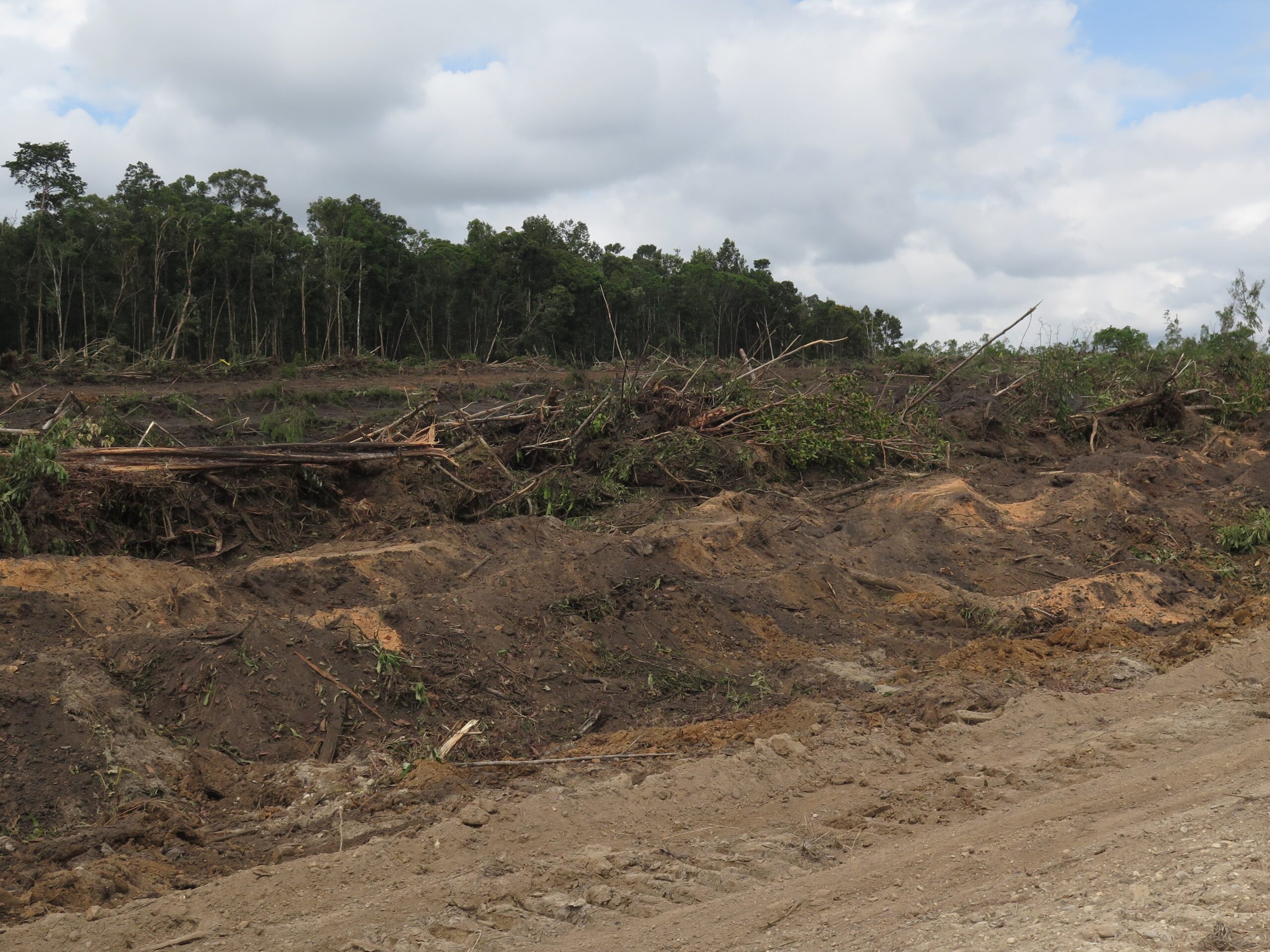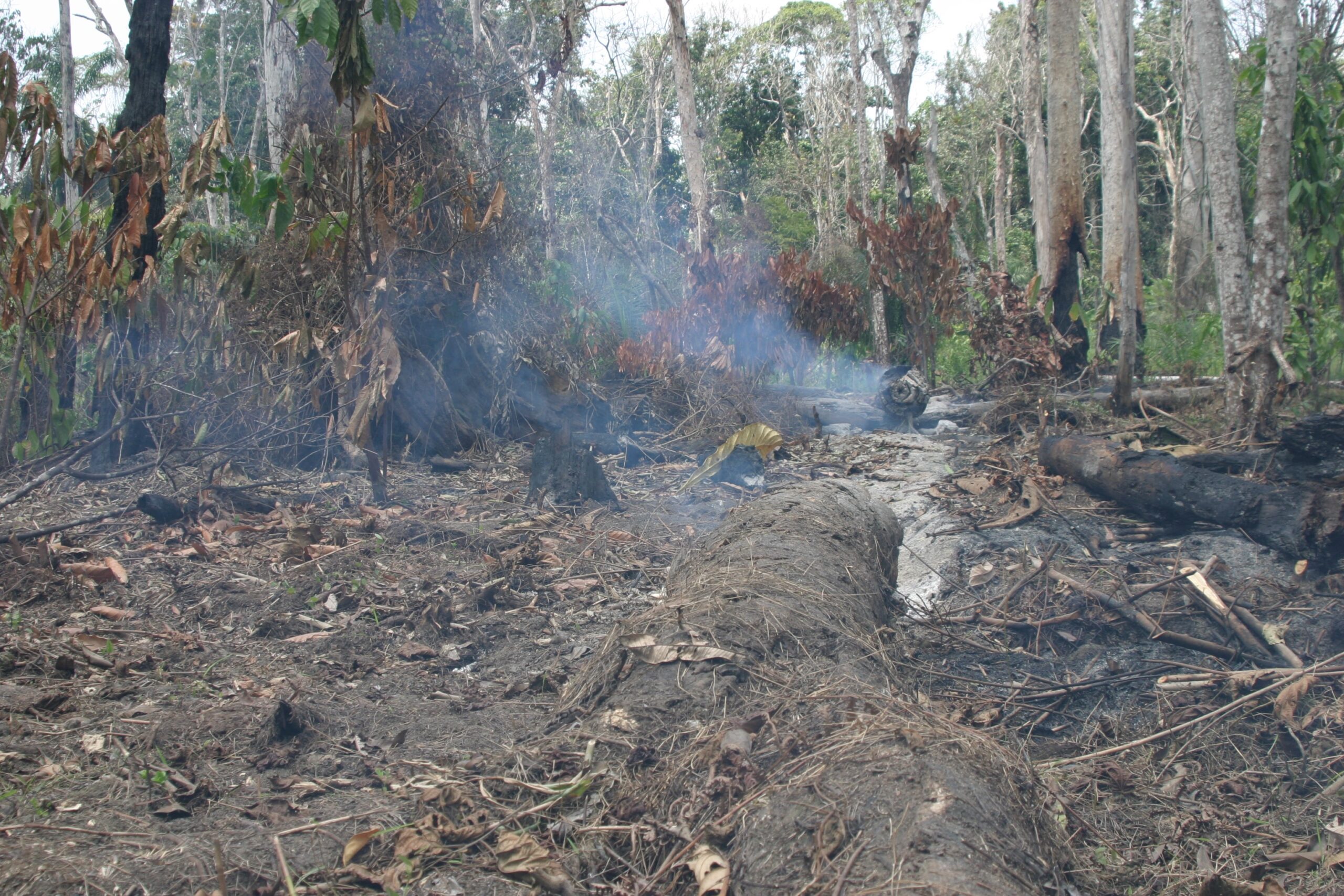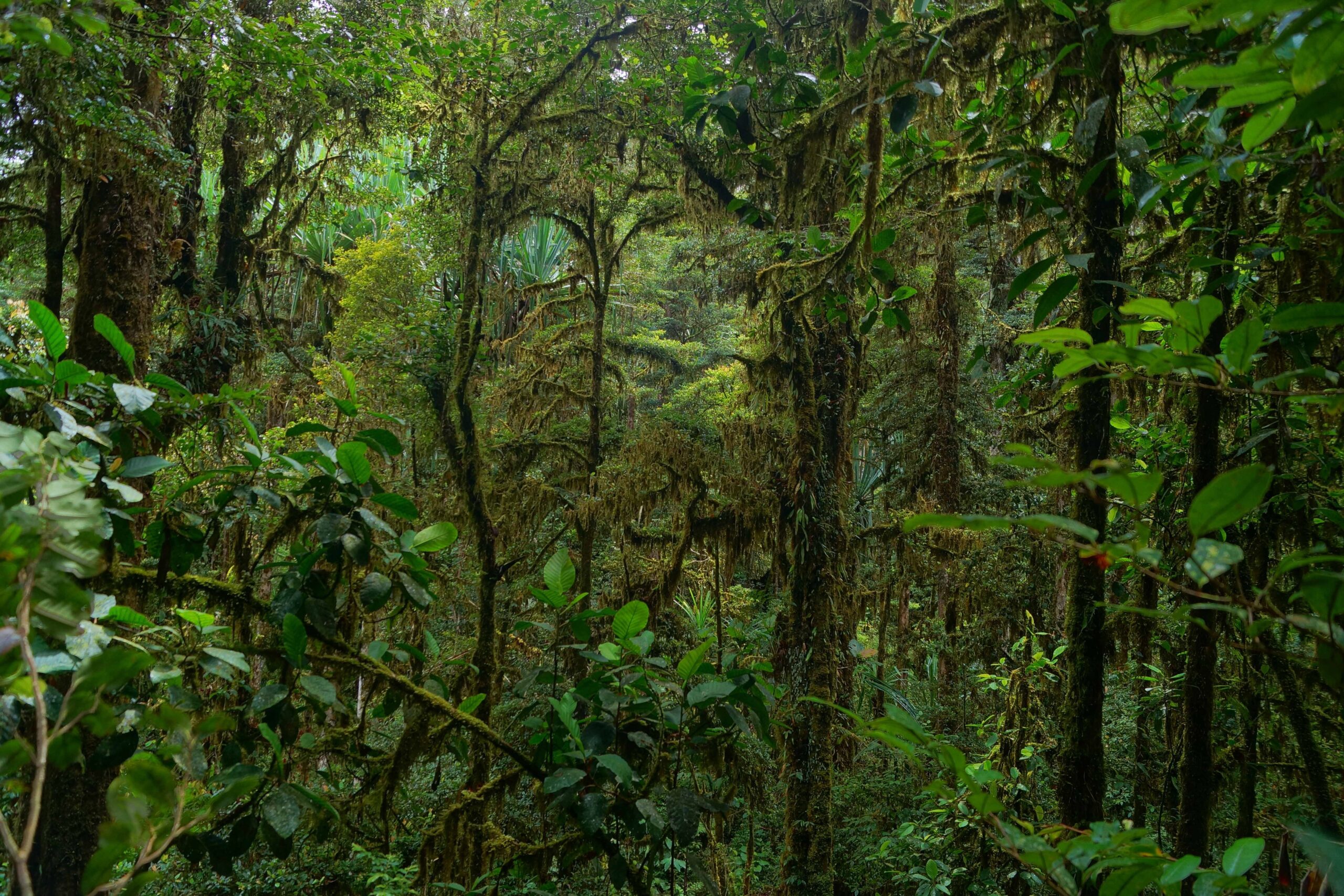DNA analyses of insects break down ideas of biodiversity
A completely new perspective on species diversity and endemism in the tropics can be provided by a method based on large-scale genetic analyses of insects. Zoologists from the Czech Institute of Research and Advanced Technologies CATRIN at Palacký University Olomouc examined samples from more than 800 sites in Asia, Africa and Australia and found about two thousand species in a single group of beetles, half of which were previously unknown to the scientific community. Compared to conventional methods, researchers can now obtain the information needed for the conservation of the environment much cheaper and faster based on verified data. The information was published by the British magazine eLife.
“Today, marked by the rapid loss and degradation of many natural habitats, knowledge of biodiversity is much needed to establish a starting point and set priorities for conservation. It is estimated that we know between a quarter and a tenth of all animals, while insects represent about two-thirds of the fauna. For example, about 400,000 species of beetles have been described so far, but the actual number is estimated at more than a million species. Insects are rarely used for large-scale biodiversity studies, and conservation management usually relies on the less diverse but more studied birds and mammals. It is therefore essential to use innovative methods to speed up the cataloguing of insects. DNA-based monitoring is an appropriate way forward,” said Ladislav Bocák, head of CATRIN’s Biodiversity and Molecular Evolution research group.
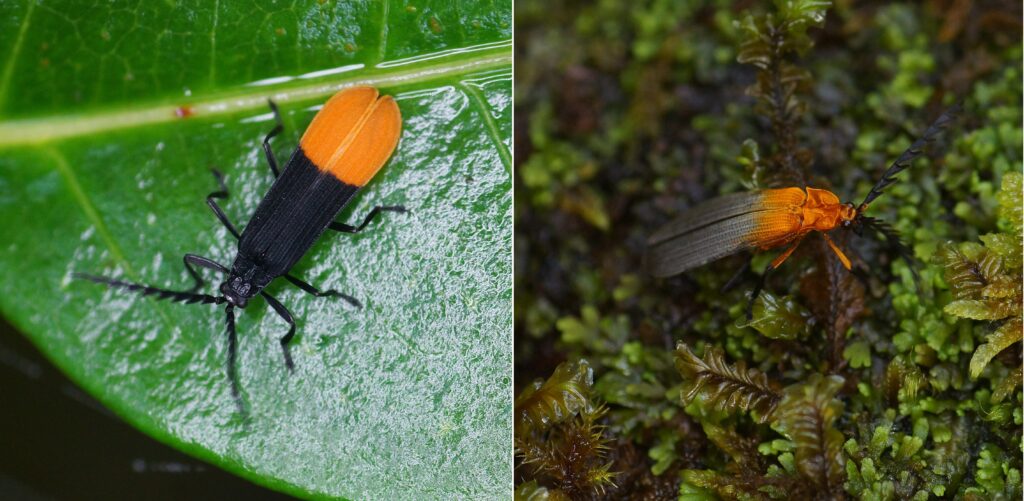
The scientists combined data from next-generation sequencing and more traditional mitochondrial DNA markers to rapidly monitor the biodiversity of one group of beetles. The group’s targeted field research and material obtained from international collaborators covered about 800 sampling sites in Asia, Africa and Australia, and provided tissues for large-scale DNA sequencing and biodiversity analyses of the tropical net-winged beetles, whose cradle is Southeast Asia. In the database assembled, experts identified about two thousand species, of which one thousand were previously unknown. “The richest occurrence was found in New Guinea. We have identified more than a thousand species there, which is three times more than have been named so far in this region. In contrast to analyses based on vertebrates, New Guinea thus appears to be a place of enormous species diversity. This is one example of how DNA-based monitoring can completely transform our ideas about biodiversity,” said Dominik Kusý, another co-author of the paper.
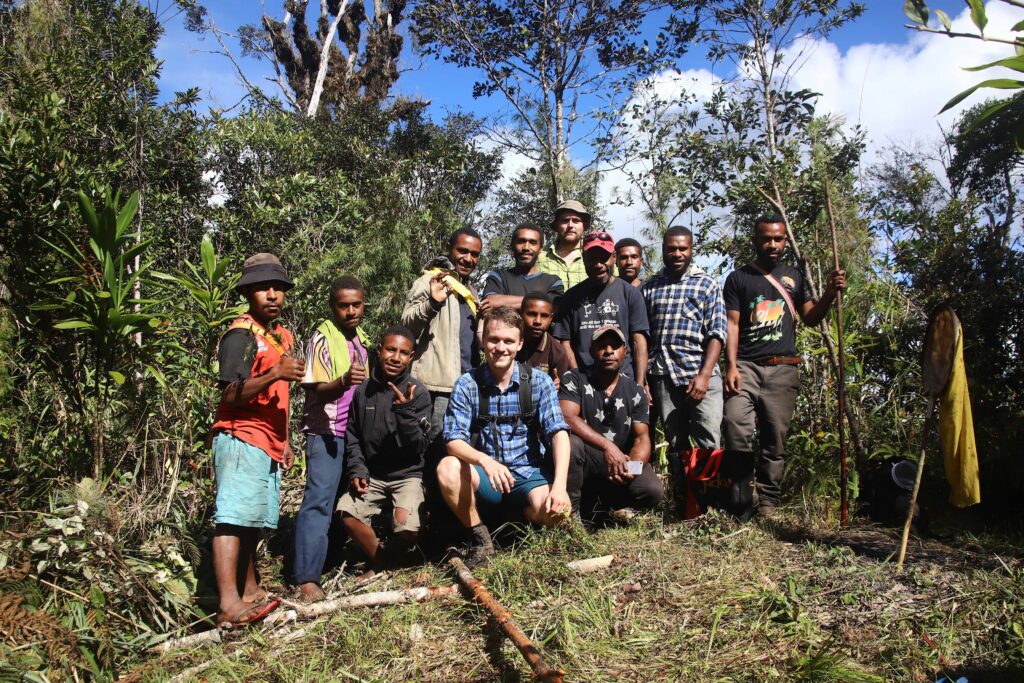
However, in some areas, such as the Philippines and the lowlands of the Greater Sunda Islands, it has been difficult to collect samples, for example, because of the loss of natural habitats. The coastal areas from where the species were described in the 19th and 20th centuries are now densely populated or used for palm oil production. “As a result, many species deposited in the world’s museums are missing from our dataset. On the contrary, the fauna of the mountain ranges was previously almost unknown and we are only now collecting the first data. In the tropical mountains, we have not only shown very high species diversity, but also unexpected findings. The high proportion of endemics with very small ranges makes the mountain fauna very vulnerable to extinction,” pointed out another author, Michal Motyka.
According to the authors of the study, the database created has not only provided new knowledge, but is also an important starting material for further research on the biodiversity of the areas in question and documentation of the current status for future assessments of species extinction. It is also important to confirm the effectiveness of the chosen approach. “If we were to describe species at the current rate and in the current way, it would take more than a century to record a thousand species in such a group of insects. In this way, we have a chance to find out relatively quickly how many species there are in a given area, how closely they are related and how large a range they inhabit, which is essential for conservation management,” Bocák concluded.
The scientists collaborated with the Czech Academy of Sciences, which has a research base in New Guinea, and with colleagues from the Natural History Museum in London.
